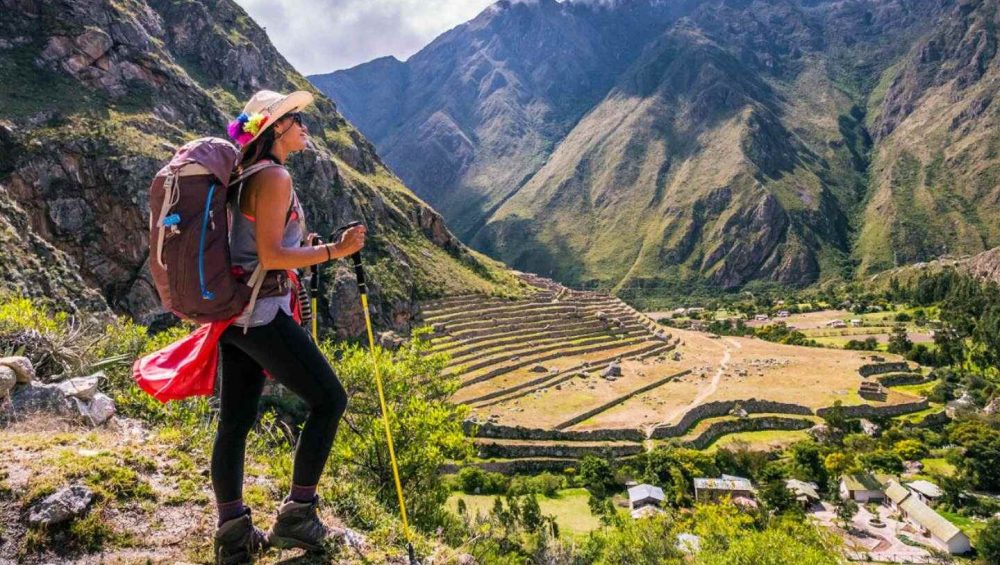Salkantay, Ausangate, Huayhuash, Lares, Choquequirao… The names sound like a call to adventure, but for someone planning a trip to Peru, they can also bring up a big question: with so many legendary options, where do I start? Choosing the wrong trek can ruin an experience, while getting it right can turn your trip into the memory of a lifetime. And here, under the sun that lights up the Apus in Cusco, we know that this decision is the first crucial step of your expedition.
As experts on the trails of the Andes, we have created this guide to do exactly that: help you choose. Forget the endless lists. Here we will break down the best trekking routes in Peru by difficulty, duration, type of landscape, and the experience they offer. If you are looking for glacial lagoons, hidden Inca ruins, or a deep cultural immersion, here you will find the honest and practical information you need to make the best decision. Your perfect adventure begins with this plan.
Before Choosing Your Route: What Type of Adventurer Are You?
Trekking in Peru is not a single experience; it is a universe of possibilities. The perfect route for an archaeology lover may not be for a high mountain purist. That’s why, before we show you the crown jewels, the first step is to ask yourself a key question: What am I really looking for in this adventure?
Your answer will help us find your ideal trek. We can classify the experiences into two main areas: the focus of your trip and the level of challenge.
1. The Focus of Your Trip: History, Landscape, or Culture?
- For the Historical Explorer
If your dream is to walk to lost citadels and feel the history under your feet, archaeological routes are for you.
⮕ Routes: The Classic Inca Trail (the pilgrimage to Machu Picchu) or the epic Choquequirao (the so-called “sacred brother” of Machu Picchu). - For the Mountain Purist
If what gets your pulse racing are snow-capped peaks of more than 6,000 meters, impossibly colored glacial lagoons, and landscapes that make you feel small, then you are looking for the great mountain range circuits.
⮕ Routes: The Cordillera Huayhuash (considered one of the most beautiful in the world) or the circuits of the Cordillera Blanca near Huaraz. - For the Cultural Traveler
If you are looking for a deeper connection with Andean traditions, sharing with local communities, and understanding an ancestral way of life, you need a cultural immersion route.
⮕ Routes: The Lares Trek, where every day you will come across local weavers, llama herders, and curious children in remote villages.
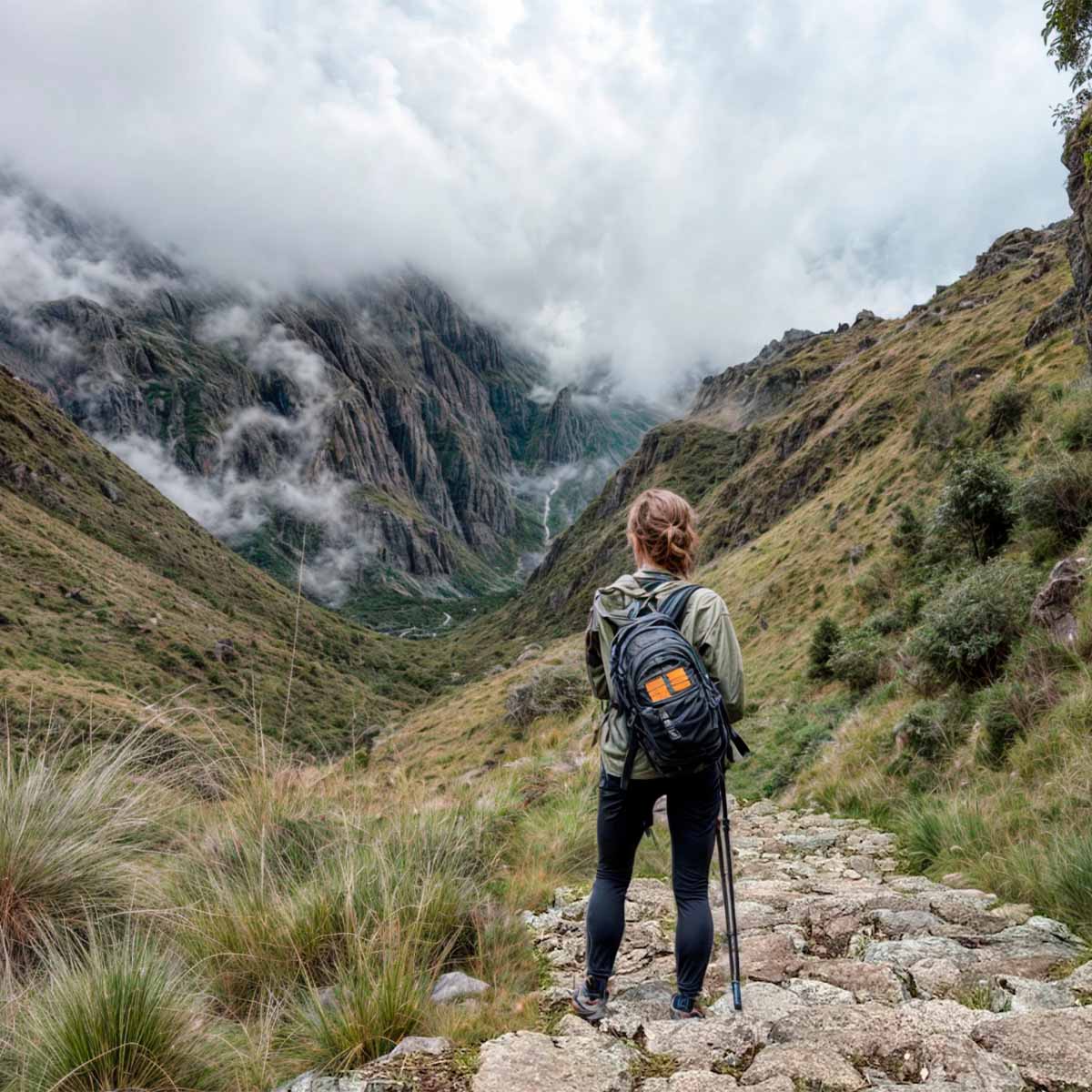 |
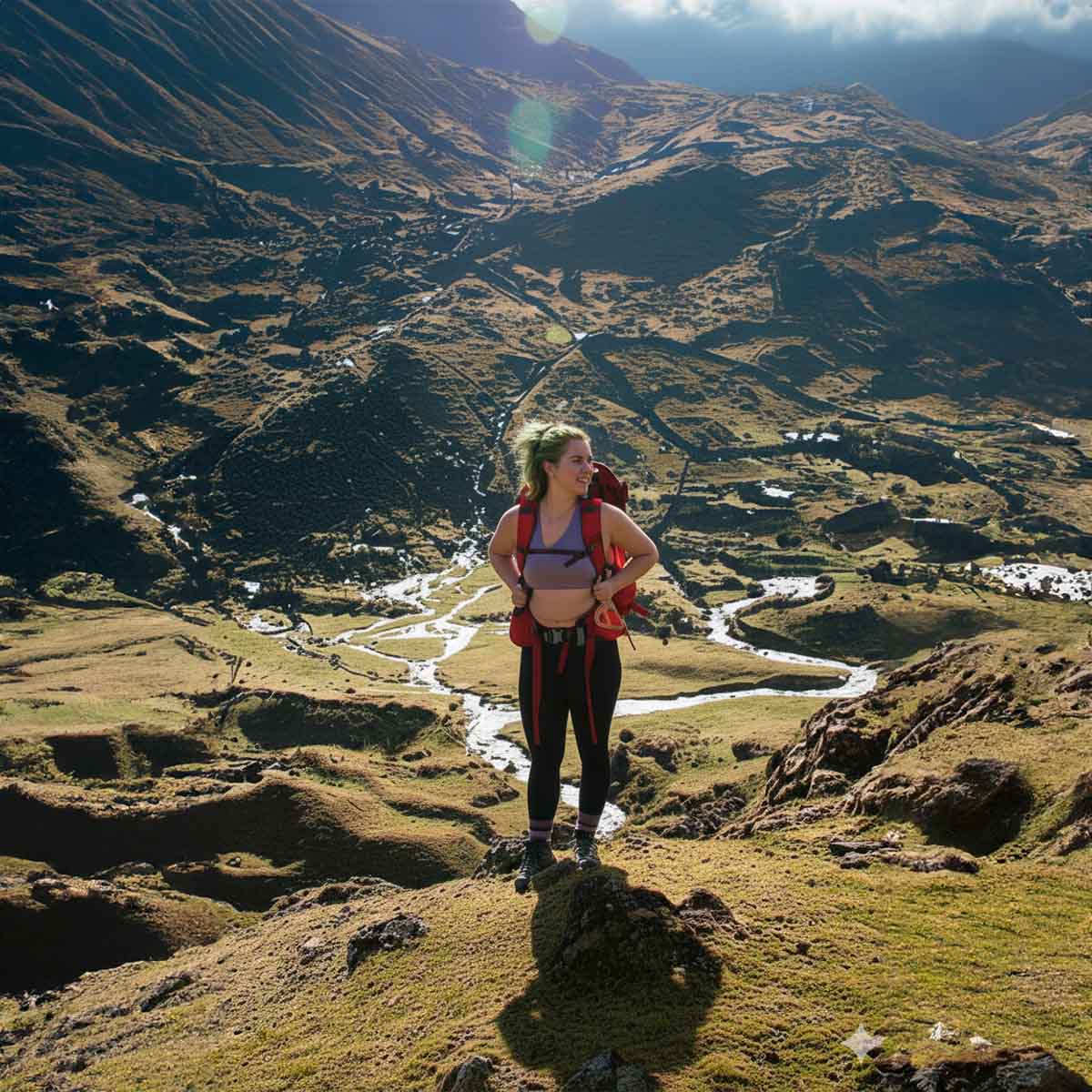 |
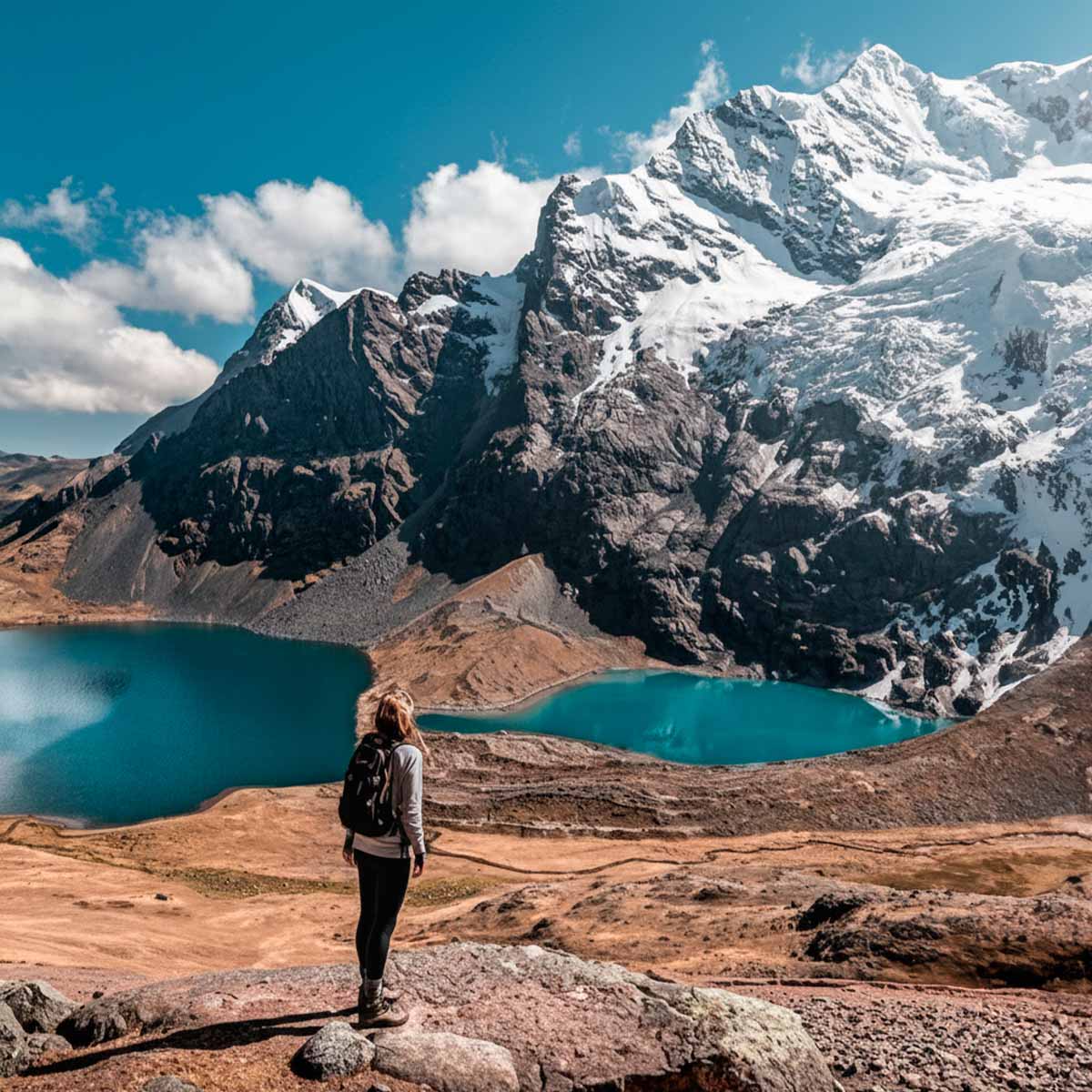 |
2. The Level of Challenge: A Day of Glory or an Epic Expedition?
- Day Hikes (Ideal for Acclimatization)
Perfect if you have little time or want to acclimatize your body to the altitude before a big challenge. They are explosions of beauty concentrated in a few hours.
⮕ Examples: Lake 69 (Huaraz), Rainbow Mountain or Humantay Lagoon (Cusco). - Classic Trekking (3 to 5 days)
This is the ideal spot for most travelers. It combines a considerable physical challenge with a huge visual and emotional reward, without requiring technical experience.
⮕ Examples: The Salkantay Trek (the most popular alternative to the Inca Trail) or the already mentioned Lares Trek. - High Mountain Expeditions (+7 days)
These are the major leagues. Long, remote, and high-altitude routes that demand excellent physical condition, prior acclimatization, and a strong mentality. The reward is a solitude and majesty that few get to experience.
⮕ Examples: The complete Ausangate circuit (the sacred Apu of Cusco) or the mentioned Huayhuash.
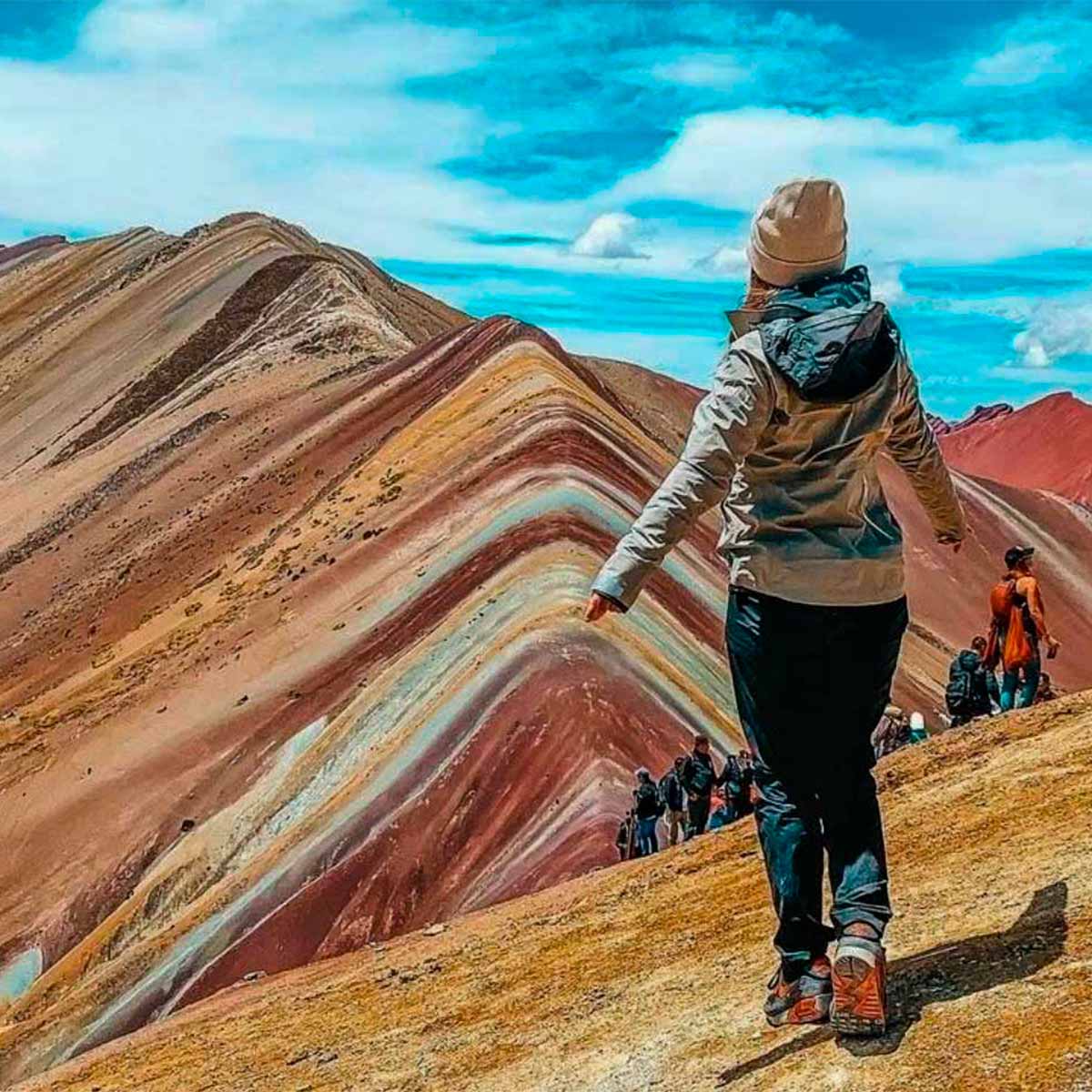 |
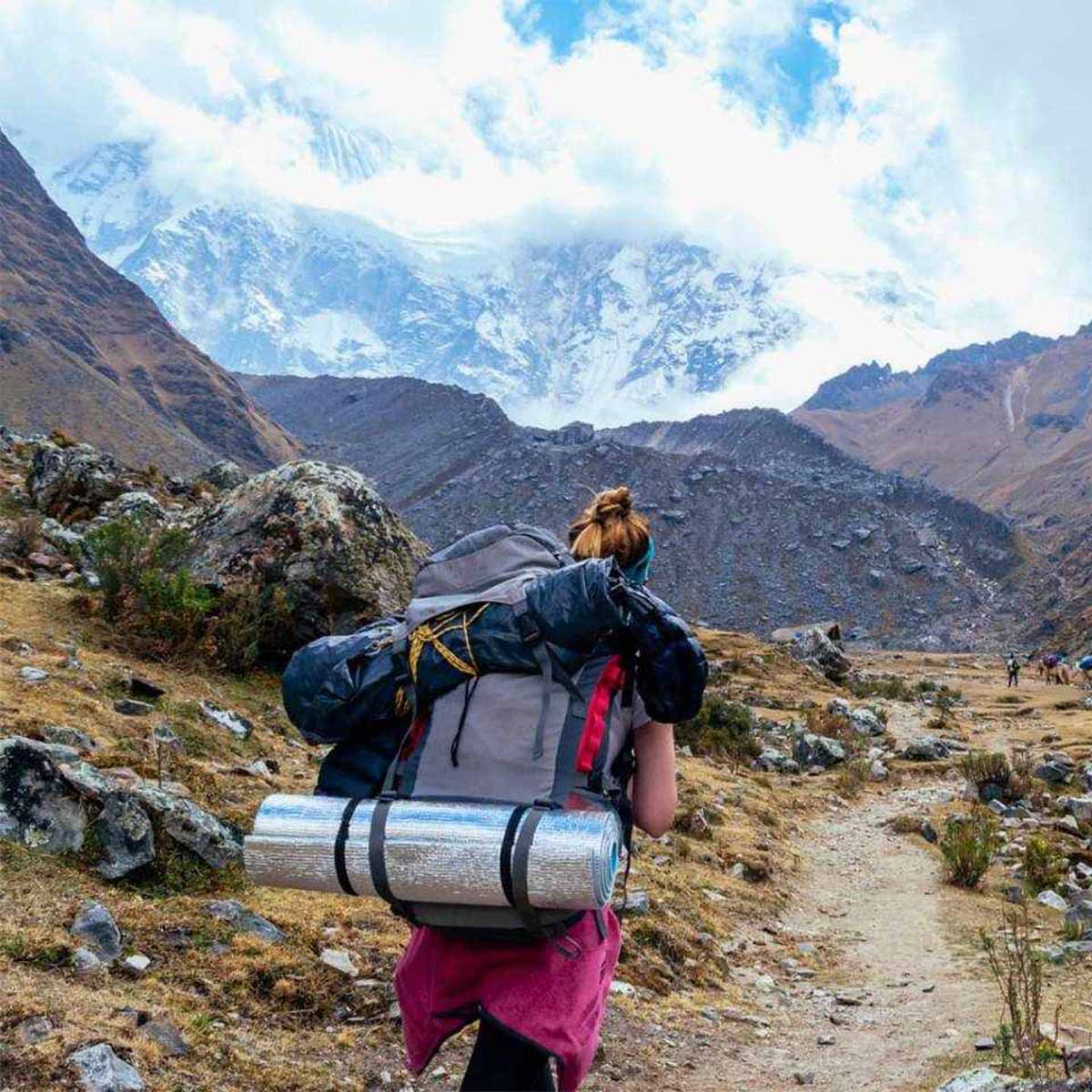 |
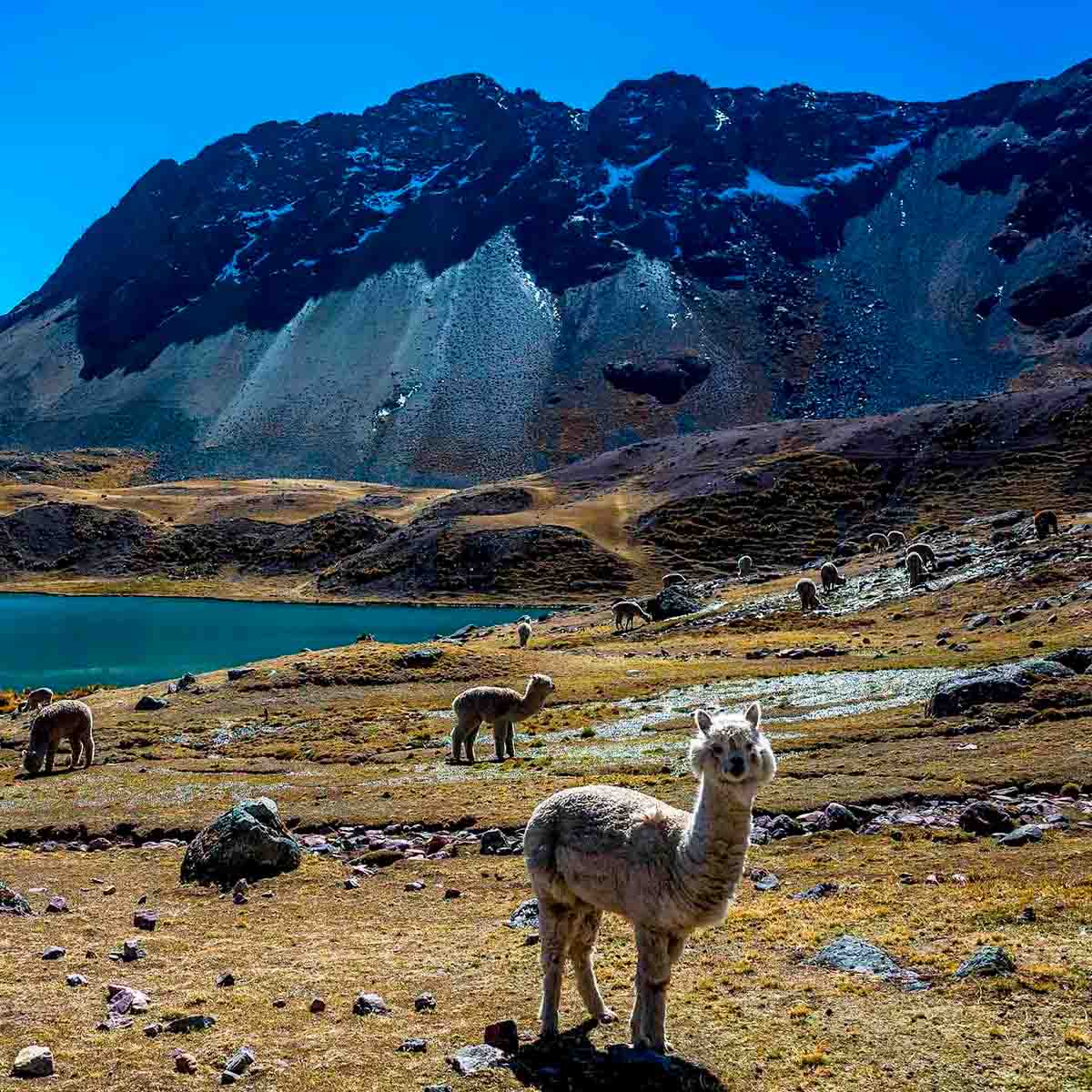 |
Now that you have a clearer idea of the type of experience that calls to you, let’s explore in detail the routes that will make your trip to Peru a personal legend.
The 3 Best Options: Our Recommended Trekking Routes
Now that you have a clearer idea of the type of experience you are looking for, we are going to explore in detail the routes that will make your trip to Peru a personal legend.
For the Historical Explorer
Classic Inca Trail: The most famous trekking route in the world, and for good reason. It is not just a walk; it is a 4-day pilgrimage on original stone paths that ends with the entrance to Machu Picchu through the Inti Punku (the Sun Gate).
- The Experience: You will learn about the history of the Inca empire while you explore the lesser-known ancient ruins like Wiñay Wayna and Sayacmarca, which are inaccessible in any other way. It is a moderate challenge, not because of its technique, but because of the thousands of Inca stone steps and the altitude.
- Accommodation: Nights in campsites under the Andean stars.
- Key Fact: Access is strictly regulated. You need a special permit that you must book with an authorized agency 6-8 months in advance.
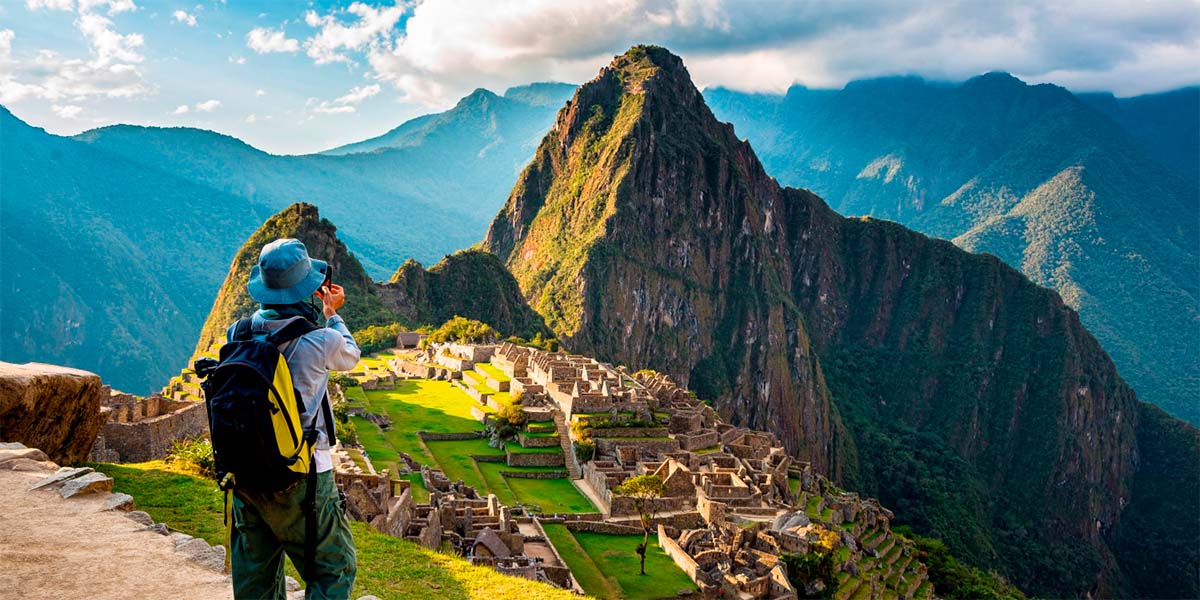
For the Mountain Purist
Salkantay Trek: If the Inca Trail is pure history, the Salkantay is raw natural power. This is the most popular alternative and for many, the most visually spectacular.
- The Experience: For 5 days, this route takes you from the base of the imposing snowy Salkantay mountain (6,271 m), crossing a frozen pass at 4,600 meters, and then descending drastically through the cloud forest, with its lush vegetation and warm climate. It is a trek of brutal contrasts and dazzling landscapes.
- Accommodation: Varied options, from traditional campsites to luxurious geodesic domes.
- Key Fact: It does not require the special permits of the Inca Trail, which offers much more flexibility for booking. It is ideal for those looking for a greater physical challenge and more impressive high mountain views.
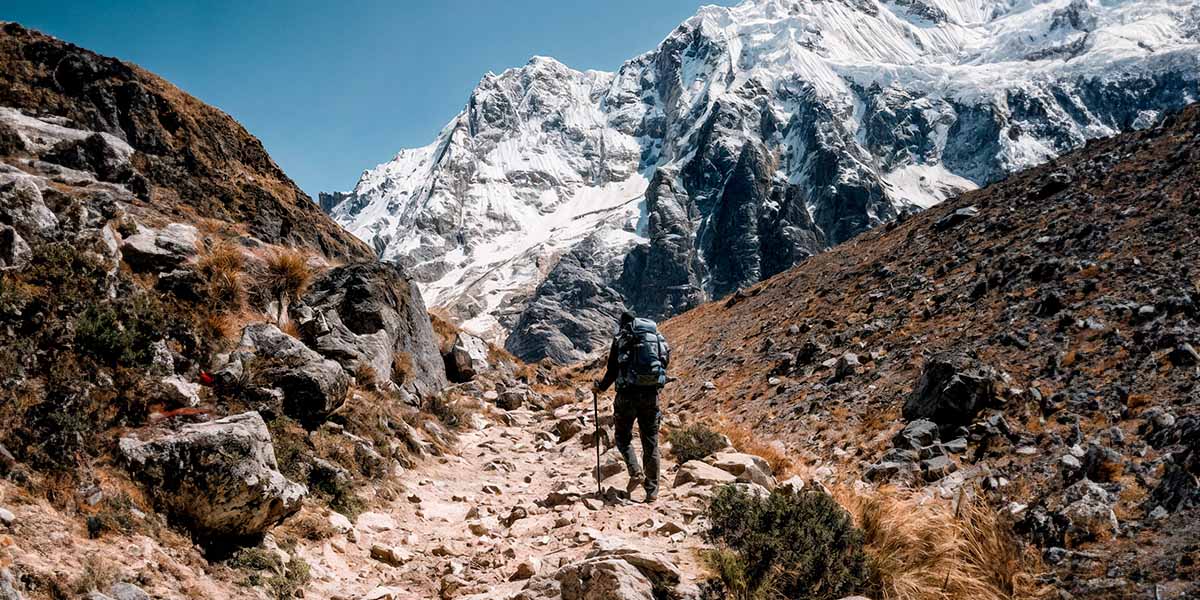
For the Day Hike Lover
Rainbow Mountain (Vinicunca): The most famous day hike in the region, and a route that tests your lungs due to the altitude. The reward is the famous view of its slopes, dyed with an impressive range of natural colors.
- The Experience: It is a short-distance walk, but very challenging due to its altitude, exceeding 5,000 meters. The goal is to reach the viewpoint to contemplate the color palette created by the erosion of minerals over millions of years. From the top, you also get a clear view of the snowy Ausangate mountain.
- Accommodation: Not necessary. It is a full-day excursion from Cusco.
- Key Fact: Although it does not require permits, the success of this hike depends on good prior acclimatization in Cusco to avoid altitude sickness.

Your Essential Checklist Before Tying Your Boots
A great trek is not improvised. Preparation is the difference between an unforgettable experience and a bad memory. Here are the tips from our expert guides:
- Acclimatization: Do not underestimate the altitude. Arrive in Cusco or Huaraz (depending on your trek) at least 2 or 3 days before you start walking. Use those days for light walks, drink a lot of coca tea, and let your body adapt.
- Train for the Challenge. You don’t need to be an elite athlete, but good cardiovascular condition will make you enjoy it much more. Months before, include walks, stair climbing, or jogging in your routine.
- The Right Equipment is Your Best Friend. Invest in good trekking boots (and use them before the trip to break them in!). Dress in layers: a breathable base, a warm layer (fleece), and a waterproof outer layer.
- Hire a Trusted Agency. Especially for multi-day routes, a good guide, cooks who surprise you, and well-treated porters are essential. Research reviews and make sure they operate responsibly.
- Hydration and Snacks are Key. Drink water constantly, even if you are not thirsty. Bring energy snacks with you like nuts, granola bars, and chocolates to keep your energy up on the toughest parts.
- Respect the Mountain: Leave No Trace. The only thing you should leave are your footprints. Take all your trash with you, respect the flora and fauna, and be considerate of the local communities.
- Positive Mindset: Enjoy the Process. There will be hard moments. The cold, the tiredness, the altitude. But remember why you are there. Look up, breathe deep, and enjoy the privilege of being in one of the most spectacular places on the planet. Trekking is not a race, it is an experience.

